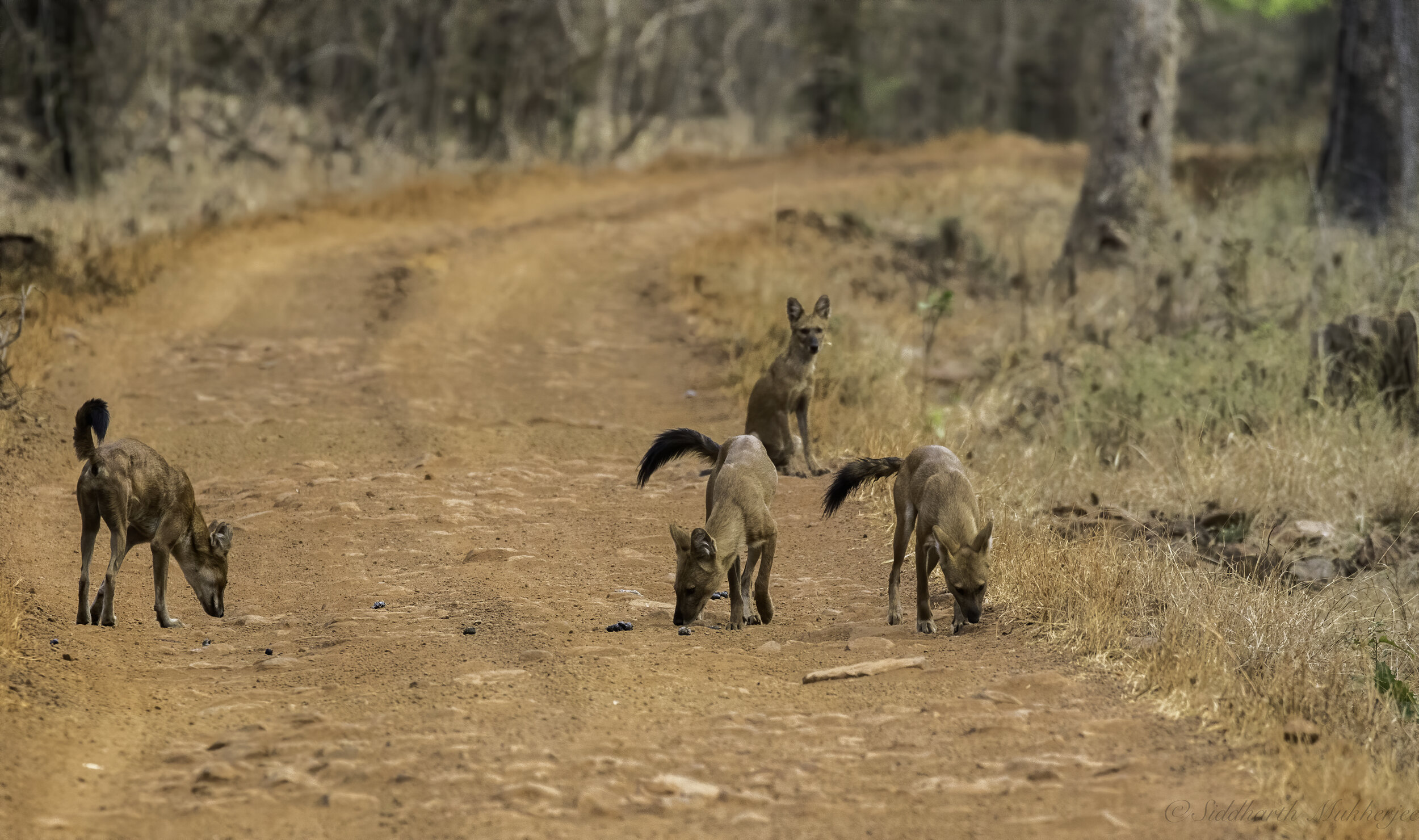
Dhole (Cuon alpinus)
Created in 2017, "Wildlife Century" informs and raises awareness about animal protection and conservation. The objective is to present different animal species often unknown to the general public. They want to make known the ways of life and the threats which weigh on these animals and the conservation programs implemented. For the animal world time is running out, many species are already in danger of extinction and some have even disappeared.
The "articles" section on their website deals with conservation, ecology and animal species. Wildlife Century are committed to providing the information in a raw way, their way of seeing things, in particular on captivity, does not count towards their editorial line.
Featured here is the Dhole (Cuon alpinus) a canid native to Central, South and Southeast Asia. Other names for the species include Asiatic wild dog, Indian wild dog whistling dog, red wolf (not to be confused with Canis rufus), red dog, and mountain wolf. It is genetically close to species within the genus Canis,though its skull is convex rather than concave in profile, it lacks a third lower molar, and the upper molars sport only a single cusp as opposed to 2–4. During the Pleistocene, the dhole ranged throughout Asia, Europe and North America, but became restricted to its historical range 12,000–18,000 years ago. Today it is considered to have disappeared from over 75% of this range. The species has become extinct in no less than 9 countries! Out of the 11 remaining countries, there are only 4,000 to 10,000 wild individuals.
A highly social animal, the Dhole live in large clans without rigid dominance hierarchies and containing multiple breeding females. Such clans usually consist of 12 individuals, but groups of over 40 are known. It is a diurnal pack hunter which preferentially targets medium and large sized ungulates. In tropical forests, the dhole competes with tigers and leopards, targeting somewhat different prey species, but still with substantial dietary overlap. It is listed as Endangered by the IUCN, as populations are decreasing and estimated at fewer than 2,500 adults. Factors contributing to this decline include habitat loss, loss of prey, competition with other species, persecution due to livestock predation, and disease transfer from domestic dogs.
Threatened by the destruction of its habitat and persecuted by humans, the Dhole (Cuon Alpinus) is close to extinction. Protective measures today seem inadequate and the situation seems to be deteriorating.
These Dhole were photographed in the forests of Tadoba, India.
Photographed: May 23, 2017 | Published: Feb 11, 2019.
